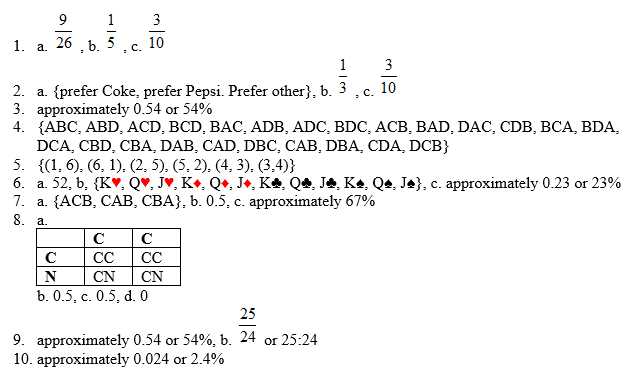In this section you will look at systematic ways of counting objects. Although we start by simply listing out things and counting them, eventually we will be able to count things like possible four number pin codes without actually listing them all out.
We need to be able to count objects to be able to calculate probabilities. Probability is all about calculating how likely it is for an event to occur. On the surface this may seem a bit foreign, but you encounter probability on a daily basis. How often do you hear someone say “that the chances are 50-50”? Or that there is a “90% chance of rain”.
“Thunderstorm” by Cyborg-X1 is licensed under CC BY-NC-SA 2.0
Both of the statements assign a number to a random occurrence. The numbers give you an idea of whether that event will actually occur. In this chapter you will learn what type of information is needed to assign these numbers and how you can utilize them to make decisions.
Our objectives for this section are to
- count elements in a set by listing all possibilities,
- calculate the likelihood of an event by counting outcomes in the event and sample space,
- distinguish between probability and odds.
Use the workbook and videos below to help you achieve these objectives.
Section 2.1 Workbook (PDF) 8-18-19
Section 2.1 Practice Solutions
Chapter 2 Practice Solutions (PDF)
Videos by Mathispower4u by James Sousa is licensed under a Creative Commons Attribution-ShareAlike 3.0 Unported License.


